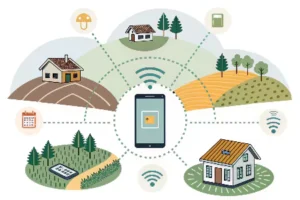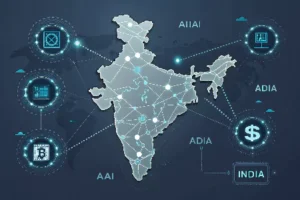Fintech Giants Expand Into Rural Markets — Disrupting Traditional Banking

A New Wave of Financial Inclusion
India’s fintech leaders are making bold moves into rural markets, signaling a seismic shift in how financial services are delivered outside metropolitan hubs. With millions of unbanked and underbanked citizens, rural India is emerging as the next big frontier for digital payments, micro-lending, and mobile-first banking.
Capital, Connectivity, and Consumer Trust
The expansion is fueled by new capital inflows, low-cost mobile internet, and the rising adoption of UPI-based solutions. Fintech giants are deploying localized digital wallets, AI-powered credit scoring, and micro-insurance products designed to serve the unique needs of rural households and small businesses. Early pilots in states like Uttar Pradesh, Bihar, and Odisha are already showing promising traction, with transaction volumes doubling year-on-year.
Breaking the Grip of Traditional Banks
For decades, rural credit and savings were dominated by local cooperatives and regional banks with limited reach. Fintech entrants are disrupting this model by offering faster onboarding, transparent pricing, and services accessible through smartphones. By building trust through vernacular-language interfaces and community partnerships, fintechs are positioning themselves as the primary financial backbone for India’s villages.
Implications for Growth and Policy
The rural push is more than a business strategy—it is a national transformation story. Access to capital, digital credit, and financial literacy is unlocking new entrepreneurial energy in rural India, while policymakers see this as a key step toward inclusive economic growth. For traditional banks, the message is clear: adapt to the digital-first model or risk being outpaced by fintech disruptors.








